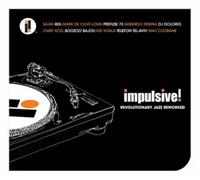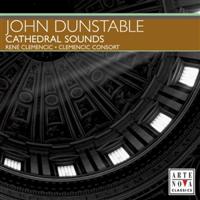Stop what you are doing, right now, and go read Doc Searls’ latest for Linux Journal: Saving the Net: How to Keep the Carriers from Flushing the Net Down the Tubes.
Key quote:
Of course, at its base level the Net is a system of pipes and packets. But it’s not only packets, or “content” or anything for that matter). Understanding the Net only in transport terms is like understanding civilization in terms of electrical service or human beings only in terms of atoms and molecules. We miss the larger context.
That context is best understood as a place. When we speak of the Net as a “place” or a “space” or a“world” or a “commons” or a “market” with “locations” and “addresses” and “sites” that we “build,” we are framing the Net as a place.
Most significantly, the Net is a marketplace. In fact, the Net is the largest, most open, most free and most productive marketplace the world has ever known. The fact that it’s not physical doesn’t make it one bit less real. In fact, the virtuality of the Net is what makes it stretch to worldwide dimensions while remaining local to every desktop, every point-of-sale device, every ATM machine. It is in this world-wide marketplace that free people, free enterprise, free cultures and free societies are just beginning to flourish. It is here that democratic governance is finally connected, efficiently, to the governed.
It is on and not just through—prepositions are key here—the Net that governments will not only derive their just powers from the consent of the governed but benefit directly from citizen involvement as well.
Why is Doc’s piece important? Key quote from the opposite side, Edward Whiteacre, CEO of SBC:
[BusinessWeek]: How concerned are you about Internet upstarts like Google, MSN, Vonage, and others?
How do you think they’re going to get to customers? Through a broadband pipe. Cable companies have them. We have them. Now what they would like to do is use my pipes free, but I ain’t going to let them do that because we have spent this capital and we have to have a return on it. So there’s going to have to be some mechanism for these people who use these pipes to pay for the portion they’re using. Why should they be allowed to use my pipes?
The Internet can’t be free in that sense, because we and the cable companies have made an investment and for a Google or Yahoo! or Vonage or anybody to expect to use these pipes [for] free is nuts!
And Doc’s right about the importance of reframing the discussion in terms of a marketplace, rather than just a transport system. Trivial as the distinction sounds, it matters. All words matter in discussions like this. Think of how important calling the anti-abortion movement the “Right to Life” movement has been in terms of re-framing the debate–instead of arguing about the economic and health effects of denying abortions, we’re talking about when life begins. And it took weeks of stories linking the words “Sony DRM” to the words “spyware” and “rootkit” (and “boycott”) for people to stop talking about controlling “consumer use of media” and start talking about the real threats to individuals—and corporations—that are introduced by the uncontrolled rush toward DRM.
And if we succeed in reframing the discussion, then we have a leg on which we can fight the Broadcast Flag, and the HD Radio Content Act of 2005, and the Analog Content Security Preservation Act of 2005, and clueless broadband providers who want their customers to be “consumers,” and on and on and on.
Enough. Go read. I need to finish reading the piece myself. It’s long, but it might be the most important thing you read this month.




